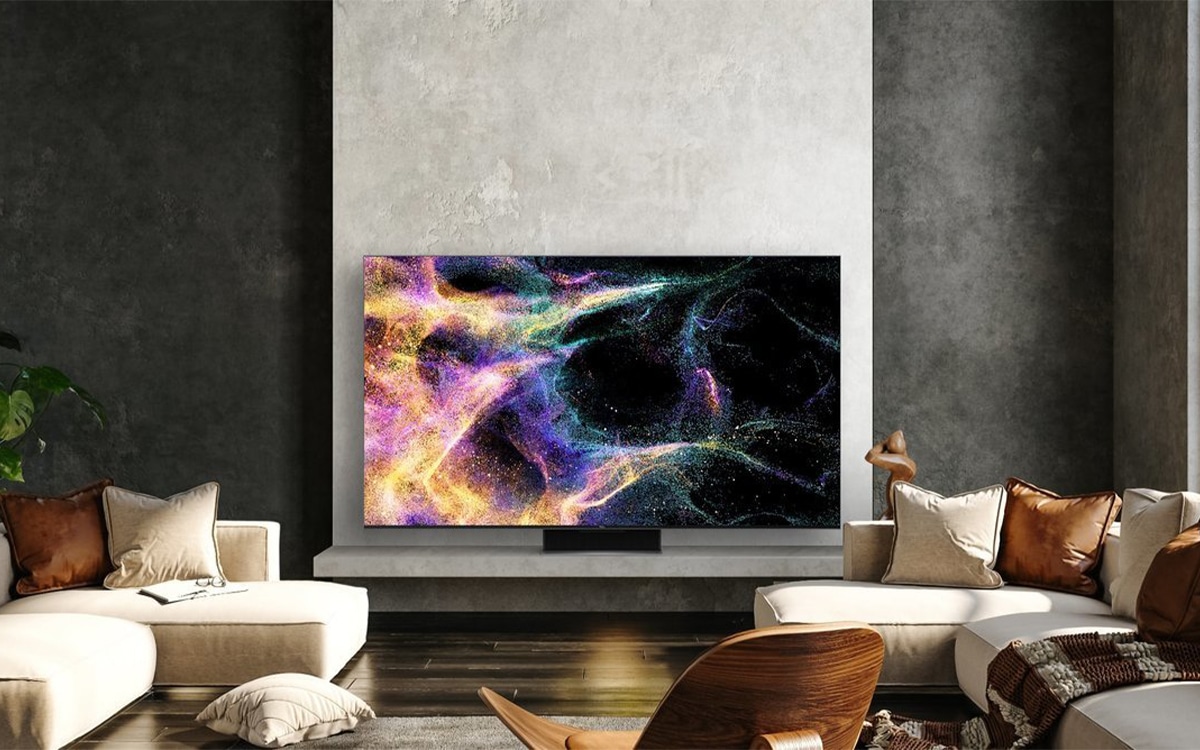Televisions are now much more feature-packed than they’ve ever been before. They’re full of smart little innovations that help to make the viewing experience much more pleasant, and satisfying. The trouble is there are so many of these unique innovations, that it can be tough to stay on top of them all.
When looking through some of the many LED TVs on the market, there’s one feature you’re going to hear about quite a lot: Local dimming zones. Many people might sing the praises of local dimming zones, but unless you have had experience with them yourself, you might wonder what makes them so special.
Just what are local dimming zones in LED TVs? How do they work? And most importantly, what benefit do they really offer to the viewing experience? Found yourself pondering these questions? Our Reliant tech experts have all of the answers you seek!
What Are Local Dimming Zones On LED TVs?
Local dimming zones were specifically created to account for a glaring issue that many LED TVs suffer from. In order to make an image visible, an LED TV has to make use of backlights, which project light outward, so that you can see on-screen images! Unfortunately, some of this light often bleeds through the image. The darker parts of the image, for instance, won’t look quite as dark. Areas of the image that are supposed to appear dark black instead appear a dull grey.
Local dimming zones are special groups of LED backlights that are able to independently adjust the amount of light they emit. This prevents excess light from bleeding through the image, and improves contrast!
Local dimming zones were essentially designed to account for this problem. The technology allows individual groups of backlights (otherwise known as “Zones”) to dim, and emit less light than other backlights. So, local dimming zones allow the darkest parts of an image to appear truly dark, by limiting the amount of light that can bleed through. Local dimming zones can quite literally improve the visual clarity of an LED TV, by enhancing contrast!
If you want to enjoy the best of film, TV, gaming, or even live sports, then an LED TV with local dimming zones is crucial! HDR images in particular, greatly benefit from them. With improved contrast, it’s much easier for those amazing colours to pop! And when you’re watching those dark and brooding horror films, the lack of excess light will let you get truly immersed!
How Do You Know If A TV Has Good Local Dimming Technology?
Local dimming zones are mostly found in high-end LED TVs, so they can often cost a little more to get access to. However, it’s worth noting that some TVs are better able to leverage the technology than others. To find out which TVs use it best, there are a few things that are worth looking out for.
The Number Of Dimming Zones
The number of dimming zones an LED TV has can differ massively from model to model. For instance, one model might have around 96 dimming zones, while another might have a whopping 1,196 dimming zones!
Of course, the more dimming zones there are, the more accurately an LED TV can control light and create strong visual contrast. Just make sure to keep in mind that the more dimming zones a TV has, the more expensive it will be!
Avoid Black Crush And Blooming
These are two issues that can come about as a result of inefficient dimming zone technology.
Black crush is a situation in which some of the dimming zones are dimmed too much, which results in an image looking much darker than it should. In turn, this causes the brightest parts of the image to appear muddied, which also ruins the contrast!
Blooming is essentially the polar opposite. This is caused when dimming zones don’t dim enough light, which causes the brightest objects in an image to glow. This creates a “Blooming” look to the light, which can be incredibly distracting and annoying.
Look For Smooth Zone Transitions
Of course, an LED TV is designed primarily for showcasing moving images. Thus, it’s important for the local dimming zones to be able to follow the on-screen action. Towards this end, you should look for a TV with smooth zone transitions. Preferably, you shouldn’t be able to notice as the zones transition between one another. It should appear smooth, natural, and fast.
Inefficient zone transitions will result in excess blooming, and can easily be very distracting, especially if zones stay illuminated well after they have transitioned!

How Many Local Dimming Zones Should An LED TV Have?
We mentioned earlier that the more local dimming zones a TV has, the more effective the technology is. However, we also mentioned that the more dimming zones there are, the more the TV will likely cost.
Any LED TV with more than 100 local dimming zones will offer a clearer on-screen image, without costing too much money! If you want the clearest image possible, then you may need to pay a bit more!
Unfortunately, there isn’t a set answer for how many dimming zones a TV should have. If you want a truly crisp image, then the more dimming zones the better. However, if you’re on a slightly more strict budget, then any LED TV with more than 100 dimming zones will work for you!
Frequently Asked Questions
What Are Local Dimming Zones On LED TVs?
Local dimming zones are specifically designed to prevent excess light from bleeding into on-screen images. When employed in LED TVs, it results in a much clearer contrast, for a more pleasant viewing experience. The more dimming zones there are in an LED TV, the better the effect is, but for a much higher price!
Is Local Dimming Worth It On TV?
Absolutely! Local dimming zones help to massively improve the visual clarity of your TV. By preventing excess light bleeding from TV backlights, local dimming in turn improves contrast and results in a clearer image. However, in order to be truly worth it, local dimming zones should be able to transition between different levels of light in a split second. Otherwise, it ruins the visual experience!






0 Comments